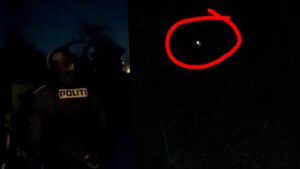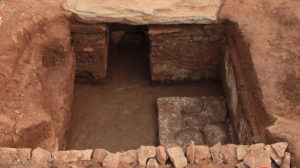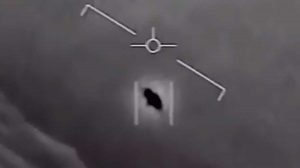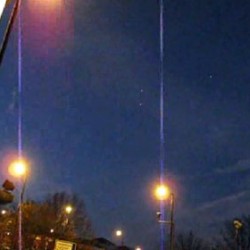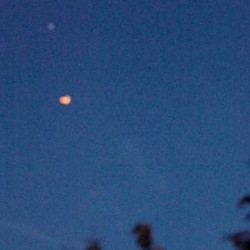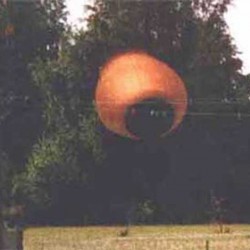Archaeologists Discover Skeleton With ‘Alien Skull’ At Arkaim, Russia’s Stonehenge
The remains of a woman with an alien-like, elongated skull were unearthed not long ago by archaeologists in Russia. The skeleton was recovered from an archaeological site in the country’s Chelyabinsk Oblast called Arkaim.


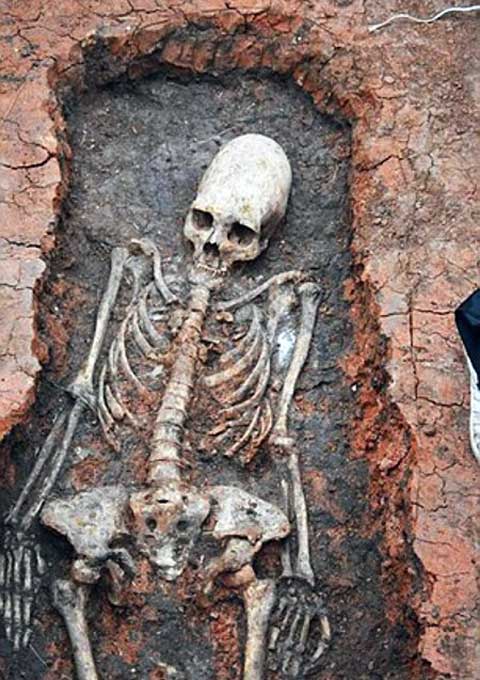
While the skeleton appears to be about 2,000 years old, the archaeological site of Arkaim dates back to about 4,000 years ago. In those days, it was a settlement of the Sintashta-Petrovka culture and covered an area of about 20,000 square meters (about 215,000 square feet).
Arkaim: Russia’s Stonehenge and a Puzzle of the Ancient World
Arkaim (Russian: Аркаим) is an archaeological site situated in the Southern Urals steppe, 8.2 kilometres (5.1 mi) north-to-northwest of the village of Amurskiy and 2.3 km (1.4 mi) south-to-southeast of the village of Alexandrovskiy, in the Chelyabinsk Oblast, Russia, just to the north from the Kazakhstan border.
The site is generally dated to the 17th century BC. Earlier dates, up to the 20th century BC, have been proposed. It was a settlement of the Sintashta-Petrovka culture.
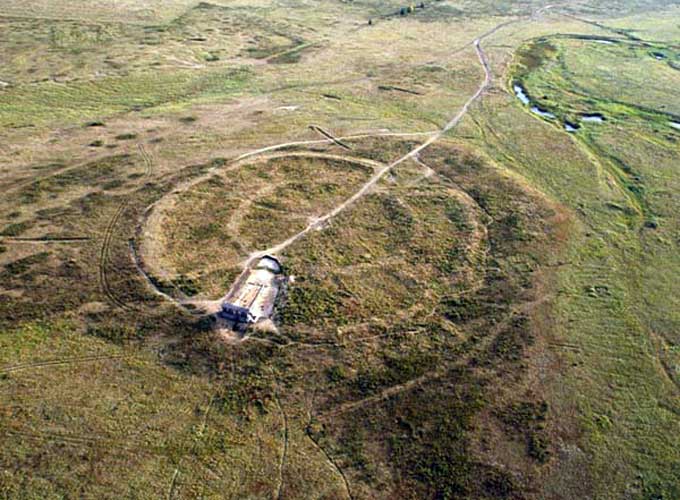
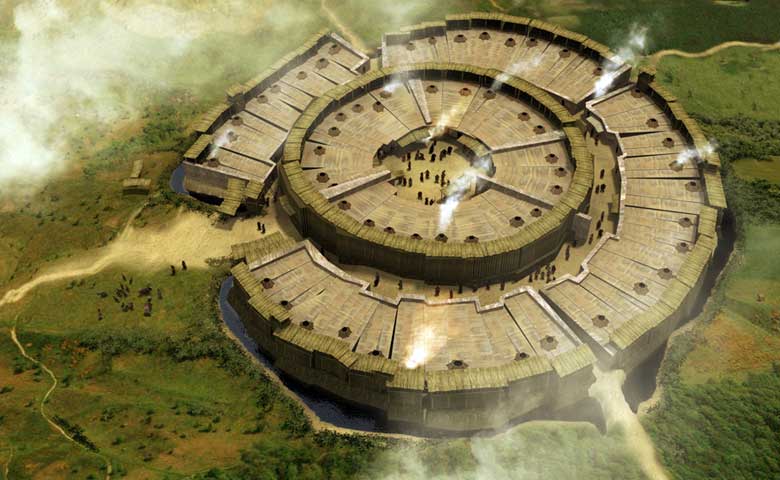

Discovered in 1987, the settlement comprised a central square surrounded by dwellings. Walls designed to keep intruders at bay and protect its inhabitants encircled it. It in heydays, it was home to around 1,500 to 2,500 people.
The site is wrapped in controversy and is sometimes referred to as Russia’s Stonehenge. It sits on the outskirts of the Chelyabinsk oblast in the southern Urals, just north of the Kazakhstan border. Though it’s not a stone circle in the way that Stonehenge is a stone circle.
Arkaim: the other Stonehenge
A short overview of material from a Russian TV broadcast and other listed sources of the city/temple/observatory discovered in Russia that allegedly dates from 3500 BCE

